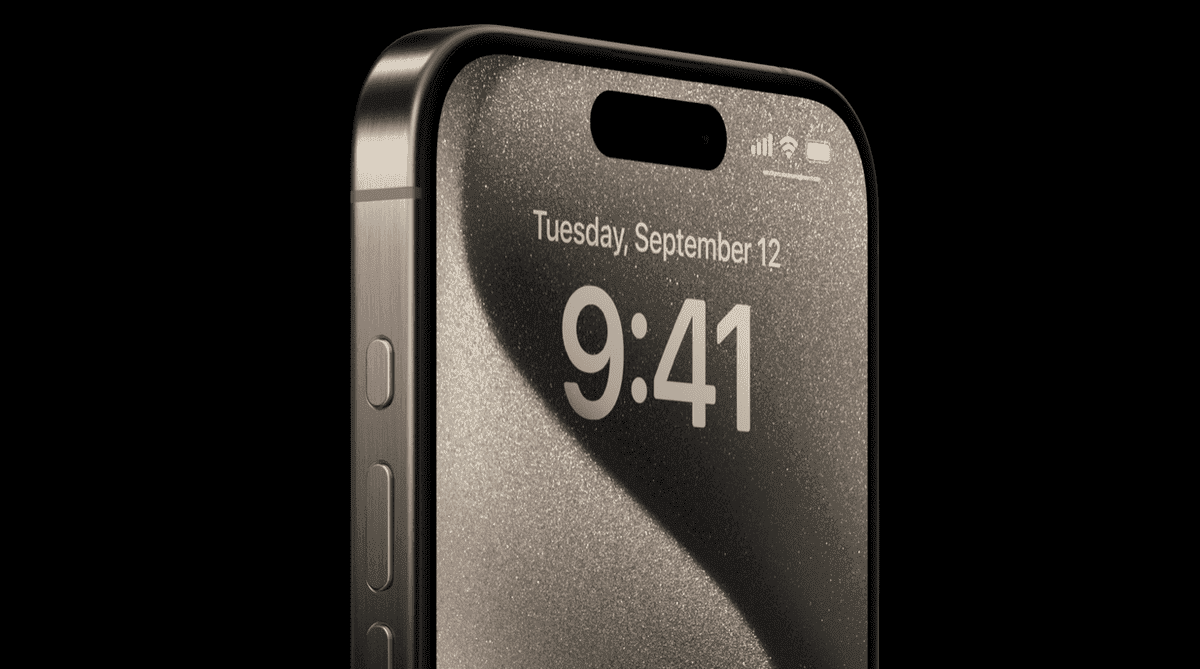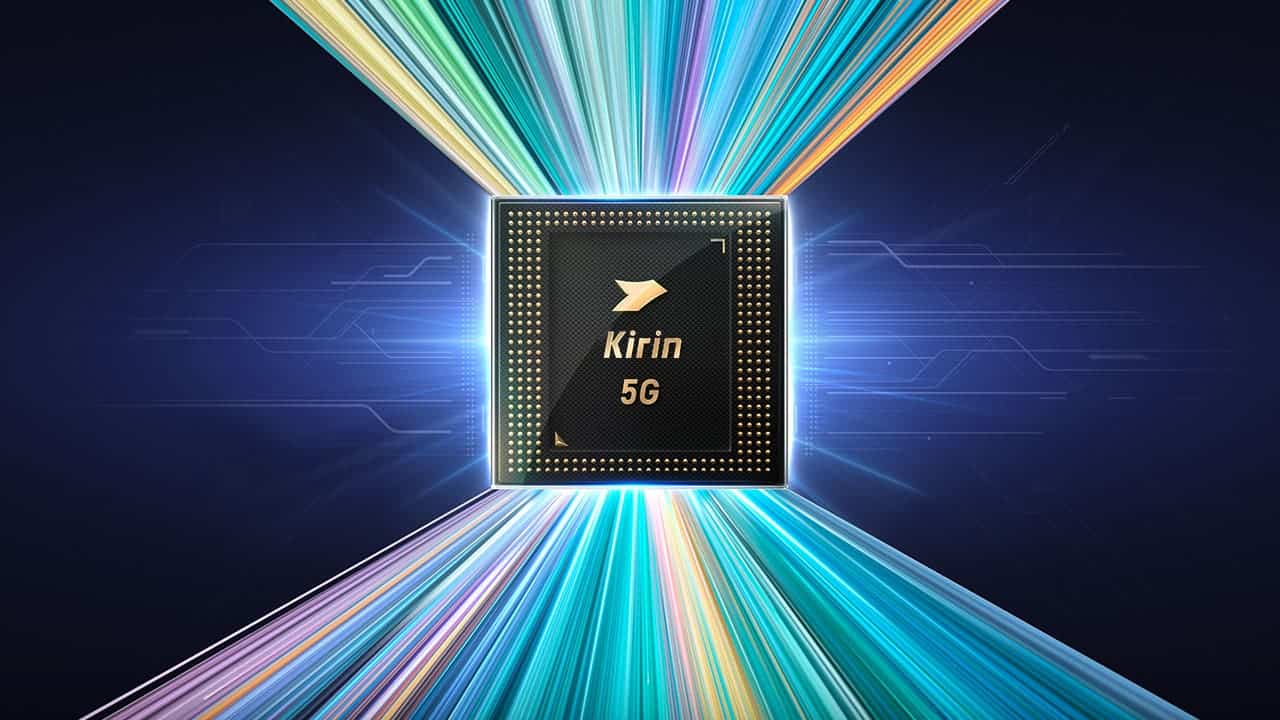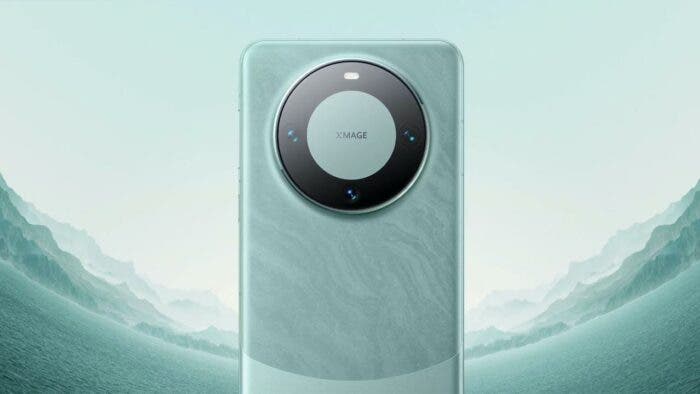The launch of the Huawei Mate 60 series was a success. And if you missed our previous reports, it’s the Kirin 9000S chipset that made the Huawei Mate 60 series successful. It’s Huawei’s first chipset in years. But besides making a technological push, Huawei is also becoming more popular in China.
According to the latest report from Counterpoint Research, Huawei sold 1.6 million Mate 60 phones after the launch. Counterpoint Research has also said that the Mate phones have sold more than the iPhone 15 series in the Chinese market.
What’s more interesting is that the Huawei Mate 60 series launched weeks before the iPhone 15 series. But the Mate phones sold more when Apple officially introduced the iPhone 15 in the region than during the initial launch period.
Looking Ahead: Can Huawei Hold Its Success with the Upcoming Mate Phones in China?
Counterpoint Research couldn’t give an exact breakdown of the Mate 60 models that were sold. But it did note that Huawei shipped 1.6 million units in just six weeks. That’s a very large number of units shipped in a relatively small amount of time.
Gizchina News of the week

Previously, analysts estimated a 4.5% drop in iPhone 15 shipments within the first 17 days compared to the iPhone 14. And while the shipments of Apple fell, the popularity of Huawei Mate 60 phones rose. Now, a 4.5% drop may not seem much. But this small percentage equates to millions of units.
China is of paramount importance for Apple. It’s the region that Apple ships the highest number of iPhones by volume. But with the resurgence of Huawei’s Mate 60 series, things are looking unfavorable for Apple’s current iPhone models in China.

What’s more important is that Huawei has already increased Kirin production to ensure sufficient supplies. But again, SMIC, the foundry behind the Huawei Kirin 9000S, doesn’t have access to advanced EUV machines at the moment (source). This could limit the company from making advancements in the Huawei processors. So, only time will tell if Huawei can maintain its success in the Chinese market. That said, you can read more about the Counterpoint Research report on this link.





